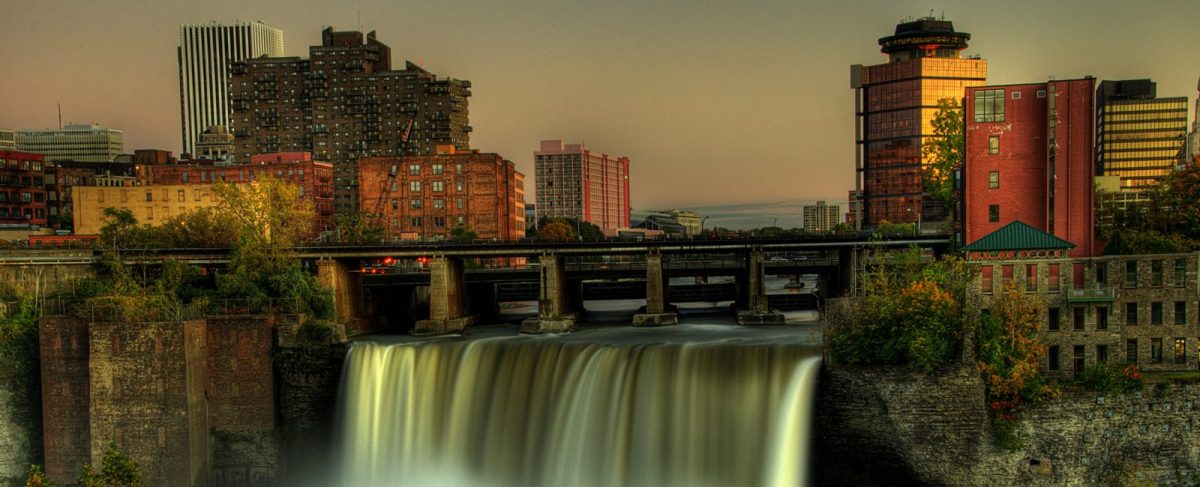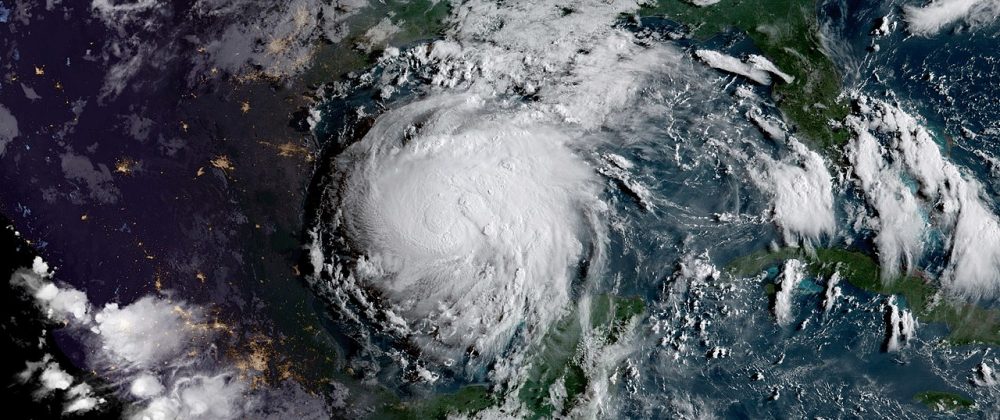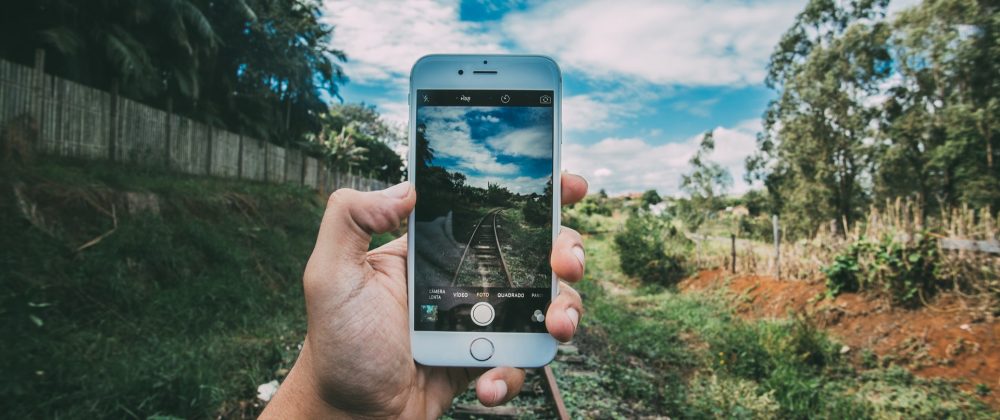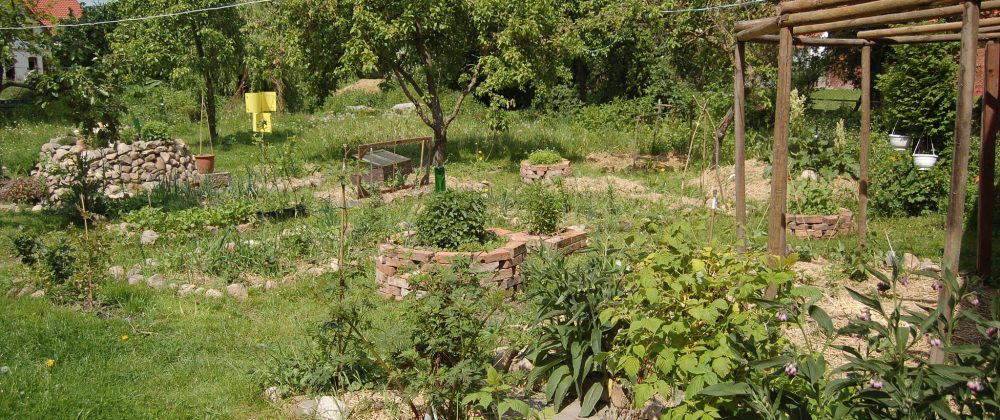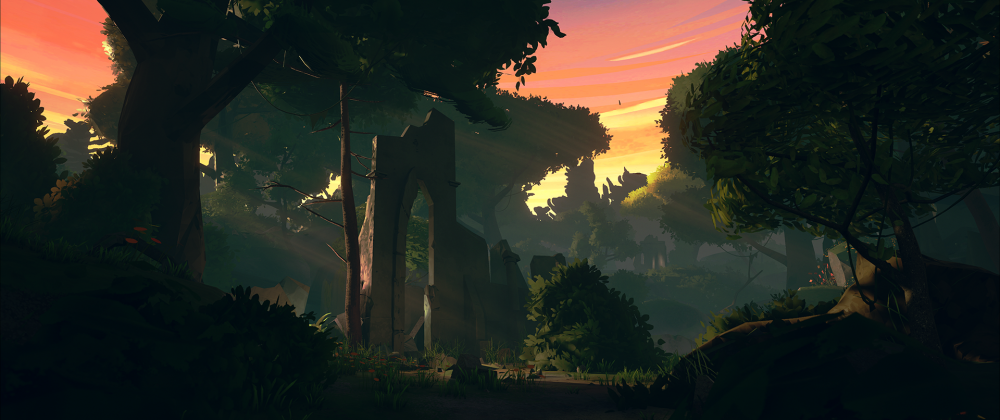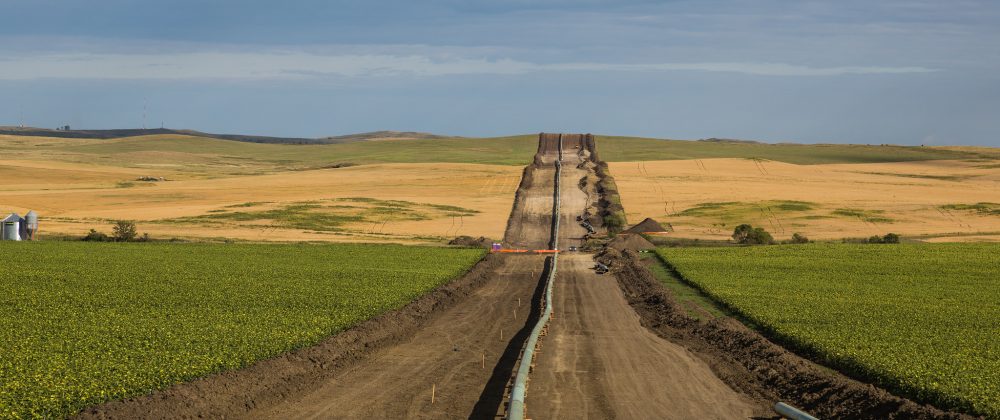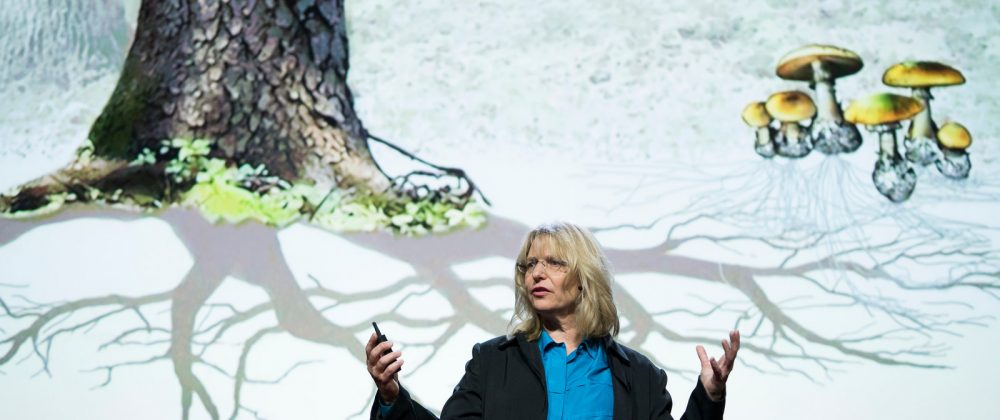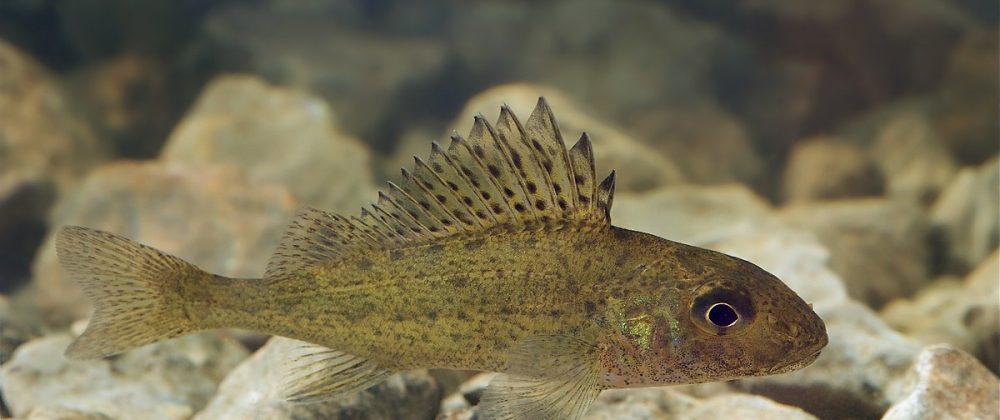The photograph above—of the Genesee River High Falls at Rochester, NY—exemplifies some of the difficulties of writing about our environment in the 21st century. Is a river that begins 150 miles away upon Pennsylvania’s Allegheny Plateau still part of “nature” by the time it passes through this post-industrial area? What about the plants and animals repopulating the river gorge within this proposed EcoDistrict? Does a digital photograph viewed online convey the beauty of nature or symbolize our disconnection? These sorts of challenges inspired students from four public liberal arts colleges to undertake this COPLACDigital project, facilitated by professors Ken Cooper (English, SUNY Geneseo) and Joe Wiebe (Religious Studies, University of Alberta Augustana).
The rich tradition of North American nature writing has been so successful in shaping our ideas about the wilderness, of transcendental moments and picturesque vistas, that it’s hard to square that legacy with today’s lived experience. It becomes easy to see nature as something “over yonder” and accessible only to a privileged few. This is why it’s so important to think and write about our world right now. A 21st-century nature writing has to grapple with global warming, digital spaces, biotechnologies, and all the other reconfigured ecologies of our world—and still value the power of a deeply felt connection to the rest of creation.
This project, Storied Landscapes, borrows its title from Frances Swyripa’s history of immigrants to the Canadian West, where their evolving cultural identity and the material landscape were not easily separable. History has shaped our experience of nature, but isn’t it also important to ask what stories our landscapes tell us? The student projects here synthesize archival research focused upon a single location with the possibilities of first-person fieldwork and contemplation; they draw upon the powerful technology of nature writing but also contemporary digital tools. The work unfolded during the Spring 2018 semester upon our course website; it has involved the contributions of many people.
Massachusetts College of Liberal Arts: Cassandra Lavoie and Erica Wilcoxen, Hoosac Tunnel, Massachusetts
SUNY Geneseo: Natalie LaCourt and Elizabeth Pellegrino, Genesee Valley Greenway, New York
University of Alberta, Augustana: Curtis Rempel and Gwendolyn Bracken, Mirror Lake, Camrose, Alberta
University of North Carolina at Asheville: Reilly Strong and Katie Caruso, Craggy Gardens, North Carolina
“Storied Landscapes” was developed by Ken Cooper (cooper@geneseo) and Joseph Wiebe (jwiebe@ualberta.ca). The project owes debts of gratitude to Jeff McClurken and Ellen Pearson (COPLAC Digital Co-PIs); Leah Tams (Program Associate); Greg Dillingham and Kaitlyn Flint (Distance Learning Services, UNC Asheville). It has received institutional support from the Andrew Mellon Foundation; from the Council of Public Liberal Arts Colleges; from SUNY Geneseo and the University of Alberta, Augustana.
